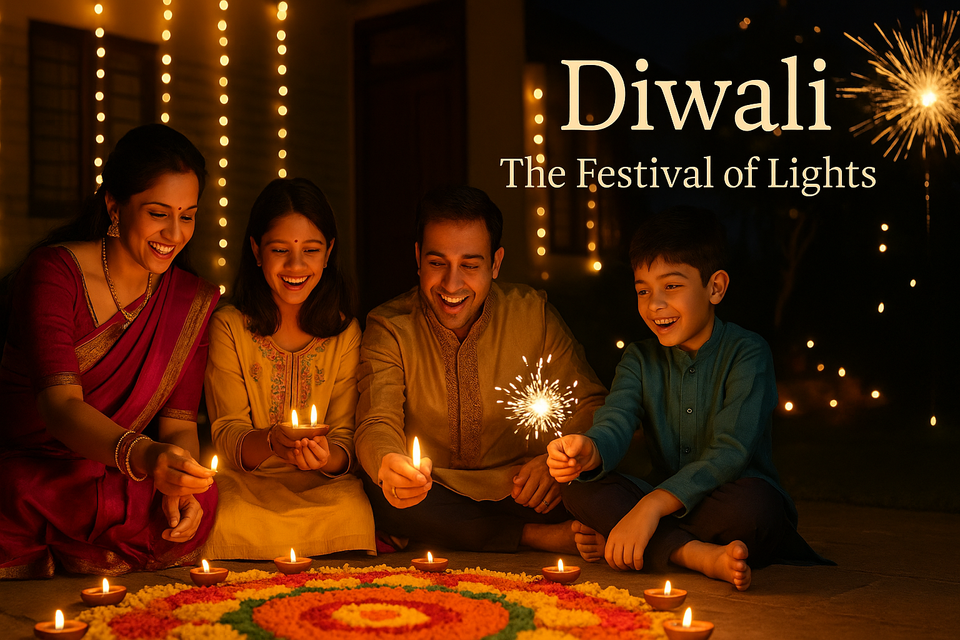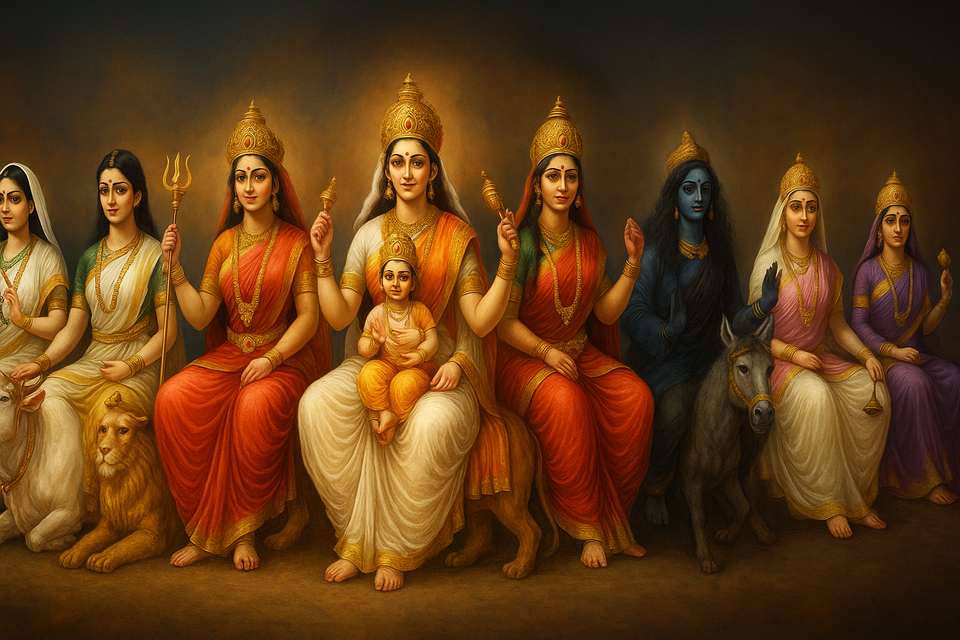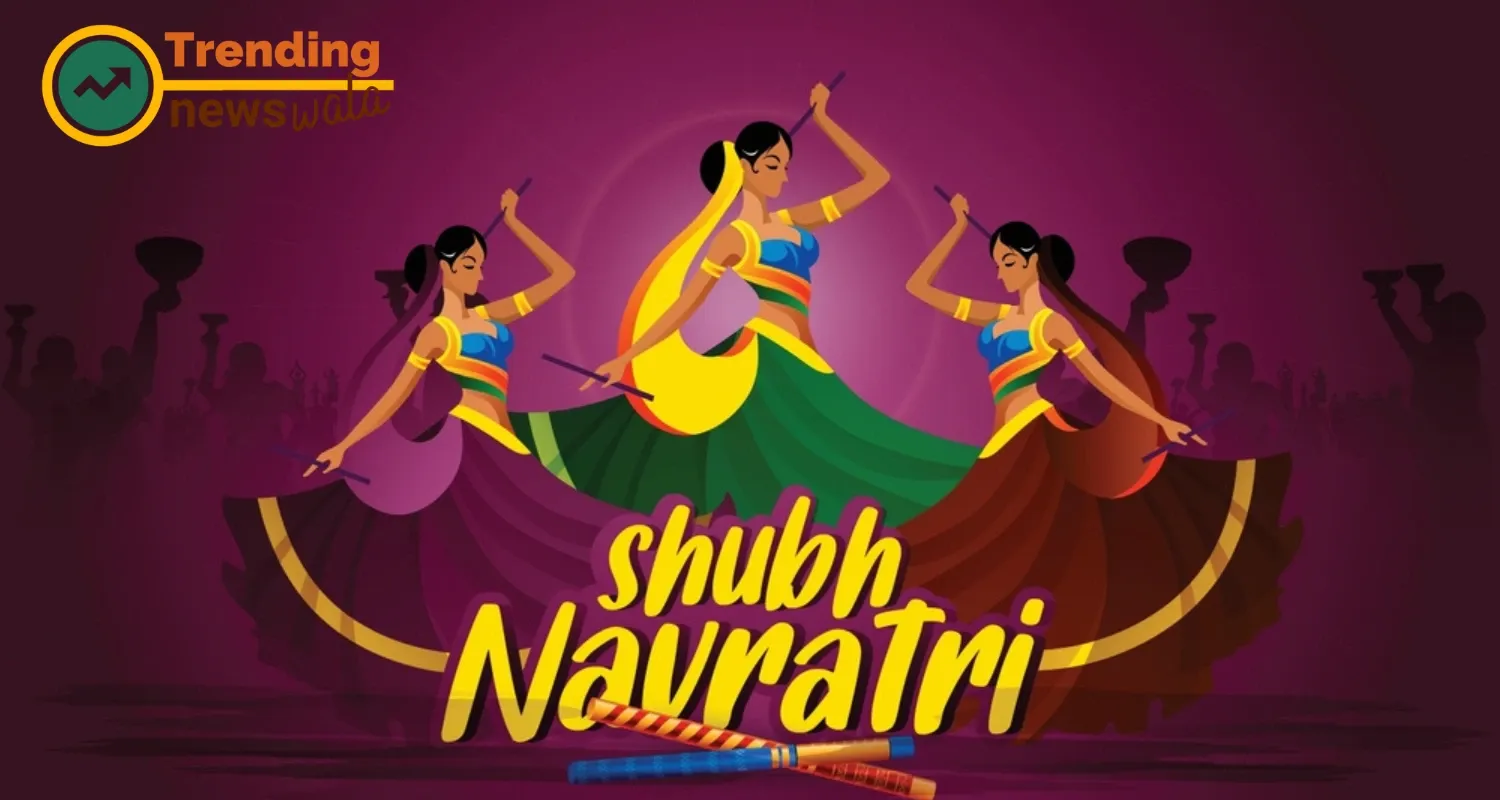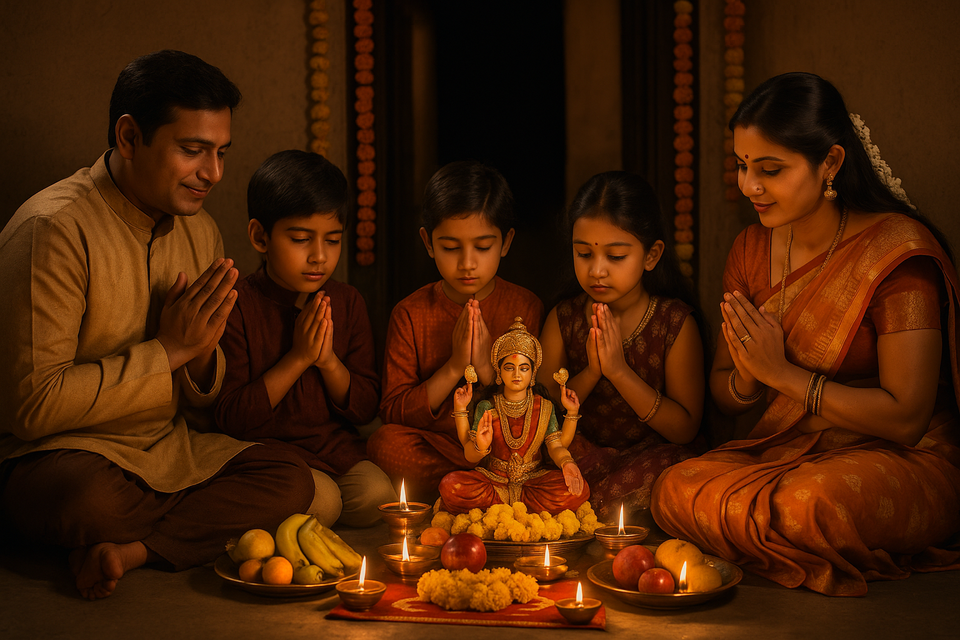Rama Navami: Celebrating the Birth of Lord Rama with Devotion and Joy ✨
Rama Navami, a cherished Hindu festival commemorating the birth of Lord Rama and honoring the timeless wisdom of the Ramayana Explore the cultural
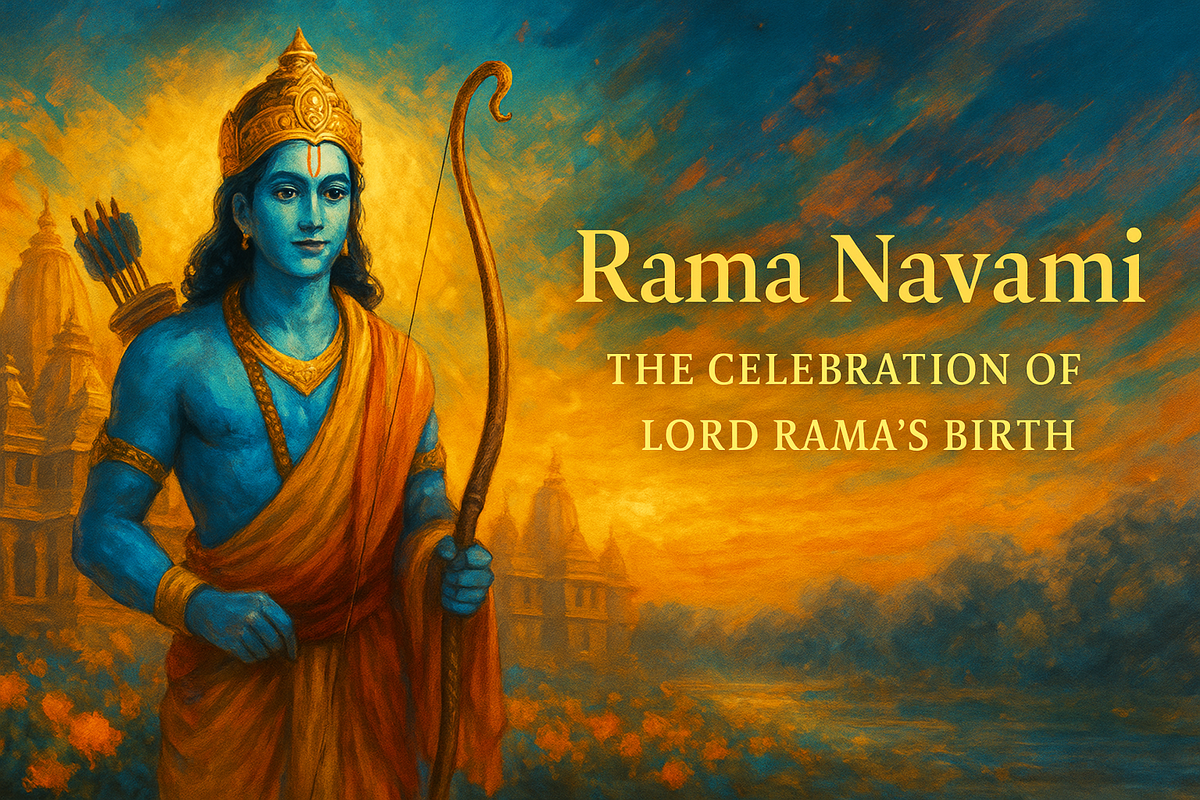
Rama Navami is one of the most significant Hindu festivals, celebrated with immense devotion across India and worldwide. It marks the birth of Lord Rama, the seventh avatar of Vishnu, who symbolizes truth, morality, and righteousness. Observed on the ninth day (Navami) of Chaitra month as per the Hindu calendar, Rama Navami falls during the spring season, making it a celebration filled with vibrancy, spirituality, and togetherness.
When you explore Ancient Festivals of India like Ancient Festivals of India, Rama Navami stands out as a timeless tradition that continues to inspire millions with the ideals of dharma (duty) and truth. 🙏
The Historical Significance of Rama Navami 📜
According to Hindu scriptures, King Dasharatha and Queen Kaushalya of Ayodhya were blessed with a son, Lord Rama, after years of prayers and yagnas. The festival honors the divine arrival of Lord Rama, who later destroyed evil (Ravana) and upheld dharma.
The story is deeply rooted in the Ramayana, the epic that not only narrates Rama’s life but also teaches valuable lessons on virtue, honor, and devotion. Even today, when we celebrate Rama Navami, we revive the ancient tales of heroism, sacrifice, and unwavering faith.
Spiritual Meaning of Rama Navami 🌼
Rama Navami is not just a celebration of a birth anniversary. Spiritually, it signifies:
The victory of good over evil 💥
The embodiment of truth, patience, and devotion ✨
A call for us to uphold righteousness (dharma) in our lives
Renewal of faith and inner strength
Rituals and Traditions Followed on Rama Navami 🛕
1. Early Morning Rituals
Devotees start their day with a sacred bath, followed by puja and offering prayers to Lord Rama. Homes and temples are beautifully decorated.
2. Reading the Ramayana 📖
A popular tradition is the recitation of Ramcharitmanas or Valmiki Ramayana, highlighting Lord Rama's life and teachings.
3. Fasting (Vrat) 🍽️
Many devotees observe a strict fast, consuming only fruits and milk, as a mark of respect and devotion.
4. Kirtans and Bhajans 🎶
Spiritual songs dedicated to Rama are sung in homes and temples, filling the air with divine vibrations.
5. Organizing Ratha Yatras (Chariot Processions) 🚩
In many parts of India, especially in Ayodhya, large processions with decorated chariots showcasing scenes from Rama’s life are organized.
How Rama Navami is Celebrated Across India 🇮🇳
Ayodhya - The Grand Celebration 🌟
Being the birthplace of Lord Rama, Ayodhya witnesses majestic celebrations. Thousands of devotees take a dip in the Saryu River, participate in Rama Katha, and light up the city with diyas.
South India
In states like Tamil Nadu, Karnataka, and Andhra Pradesh, Rama Navami is celebrated with music concerts, dramas, and reading of Ramayana in temples.
Maharashtra and Gujarat
Families decorate their homes and organize bhajan gatherings, singing praises of Lord Rama.
While learning about Rama Navami, you also connect with other beautiful festivals like Raksha Bandhan; check out Raksha Bandhan, another festival that beautifully celebrates family bonds and devotion. 💖
Special Foods Prepared on Rama Navami 🍛
Festivals in India are incomplete without special foods, and Rama Navami is no exception. Some traditional dishes prepared during this festival include:
Panakam – A sweet drink made with jaggery, cardamom, and pepper
Kosambari – A light salad made of soaked lentils
Sabudana Khichdi – A popular fasting dish
Fruit Salads – Light and refreshing
Neer Mor (Spiced Buttermilk)
These simple, sattvic foods symbolize purity and devotion. 🌸
Rama Navami in Modern Times ✨
Even in today's fast-paced life, Rama Navami continues to hold a special place. Modern celebrations often combine tradition with technology, like:
Live streaming of Ramayana readings 📱
Virtual pujas and satsangs 🧘
Eco-friendly celebrations using natural decorations 🌿
Families, friends, and communities unite, reinforcing values of love, patience, and sacrifice.
Why Celebrating Rama Navami is Important 🌟
Celebrating Rama Navami:
Strengthens our faith in goodness
Inspires us to lead a moral and just life
Connects us to our rich cultural heritage
Reminds us to stand for truth and justice
Promotes unity and brotherhood
Through festivals like Rama Navami and other Ancient Festivals of India (Ancient Festivals of India), we keep alive the spirit of Indian traditions.
Fun Activities for Rama Navami at Home with Family 👨👩👧👦
Ramayana Storytelling: Share tales of Rama with children
DIY Temple Decorations: Make flower rangolis and torans
Cooking Together: Prepare fasting foods and sweets
Online Bhajan Competitions: Join local spiritual groups
Craft Activities: Make paper crowns and bows representing Rama
Final Thoughts: Rama Navami – A Festival of Light, Truth, and Devotion 🌼
Rama Navami is a festival that beautifully blends spirituality, culture, and celebration. Whether you fast, read Ramayana, organize pujas, or simply reflect on Lord Rama’s teachings, each act during this auspicious time purifies the mind and soul.
Let’s remember that the true spirit of Rama Navami lies in living our lives with honesty, compassion, and duty — the pillars on which Lord Rama’s life was built. 🌟
This Rama Navami, let's celebrate the light within us and spread love, just as Lord Rama did. Jai Shri Ram! 🙏
🎯 Quick Highlights
| Aspect | Details |
|---|---|
| Date | Ninth day of Chaitra month (Hindu calendar) |
| Significance | Birth of Lord Rama |
| Main Activities | Fasting, Ramayana Recital, Processions, Pujas |
| Special Foods | Panakam, Kosambari, Sabudana Khichdi |
| Key Message | Victory of Good over Evil |

